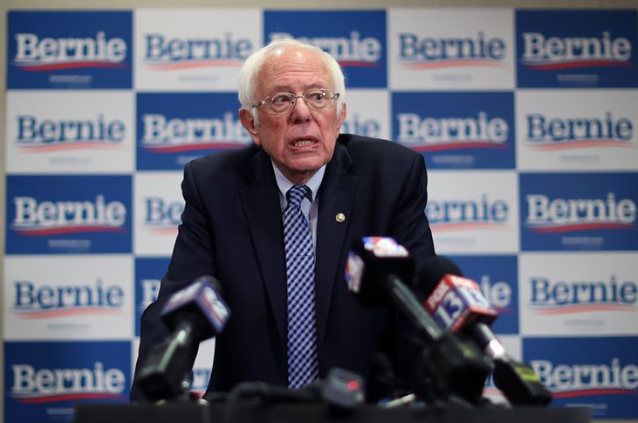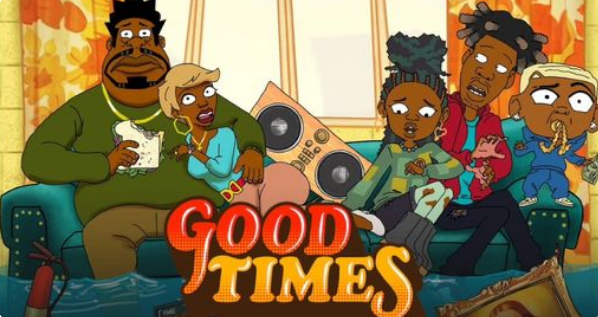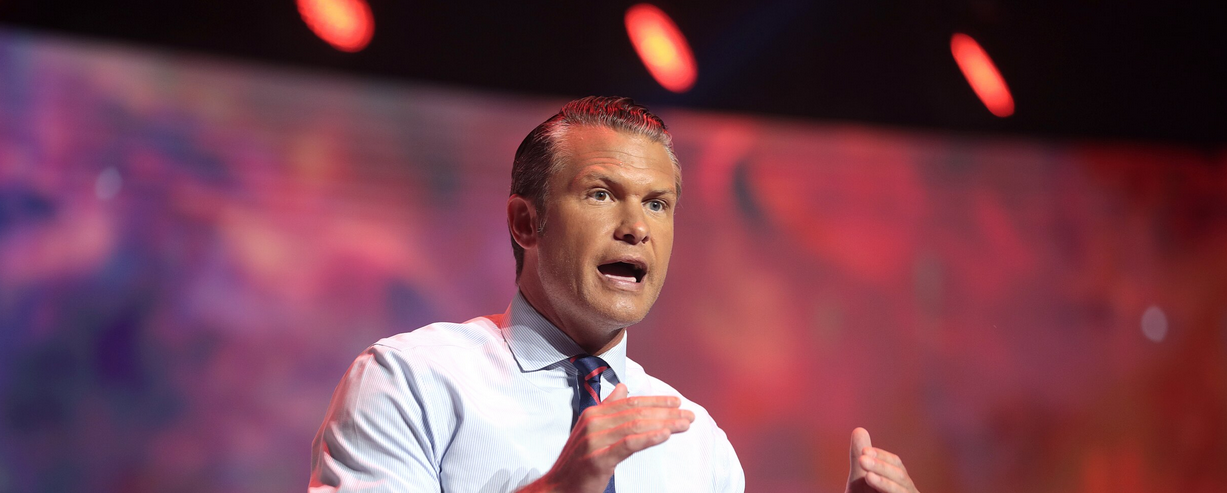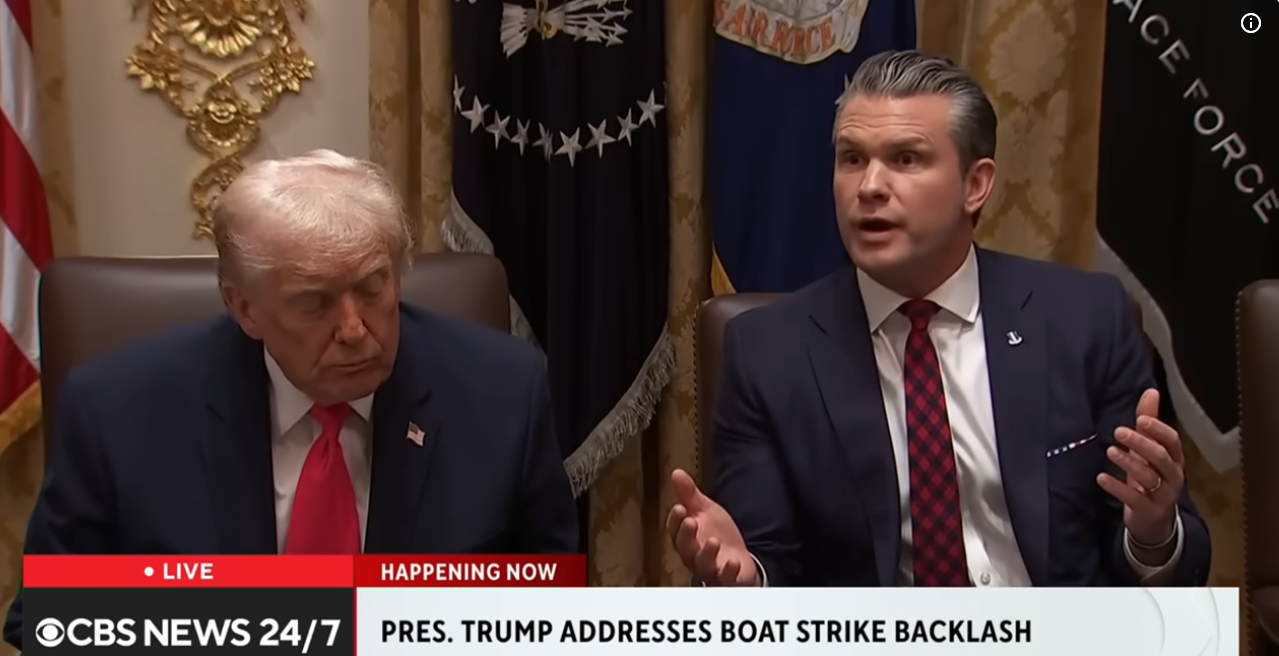[Super Tuesday\California\Independent Voters]
Palast: “Independents legally have the right to vote in the Democrat primary, but the Democratic Party has created an inscrutable obstacle course for them to do so, one that amounts to another type of voter suppression.”
Photo: Facebook
Will Senator Bernie Sanders and Michael Bloomberg lose votes from independent voters in California because of “California’s arcane and complex voting system” as journalist Greg Palast suggests?
In February, California mailed 3.7 million primary ballots that, to the astonishment of many who received them, excluded the presidential candidates. These ballots do have candidates for all other primary races, including for Congress, but not the race for president.
Within this mountain of primary ballots, artifacts of California’s arcane and complex voting system, lies the potential to cripple Sen. Bernie Sanders’ campaign, the favored candidate among independent party voters.
Particularly at risk of losing their vote are 18 to 24-year olds and LatinX voters, groups that strongly favor “Tio Bernie.” A quarter of independent voters are LatinX.
Watch the 3-minute video: “Will California will steal 553,000 votes from Bernie Sanders?” video on YouTube https://www.youtube.com/watch?v=-26NiTLxu_Y&feature=youtube
Even if Sanders, as expected, wins the plurality of California’s votes, he could well be shorted out of hundreds of thousands of votes and scores of delegates. The other candidate at risk in California’s odd, troubled balloting: Michael Bloomberg.
How did this happen? While Californians, including independent voters, vote overwhelmingly for Democrats in general elections, 5.3 million Golden State voters register “NPP,” that is, with No Party Preference.
These five million NPP independents legally have the right to vote in the Democrat primary, but the Democratic Party has created an inscrutable obstacle course for them to do so, one that amounts to another type of voter suppression.
Disenfranchisement by Postcard
The problem begins with a postcard.
Last autumn, all five million NPP voters were mailed a postcard allowing them to request a ballot with the Democratic Party presidential choices. However, as many states have found out, postcards with voter information largely look like junk mail and get thrown out.
If the independents don’t respond to the postcards, they get a ballot without presidential choices. But they have one more chance to vote for a candidate in the primaries: at the ballot box.
At the polling station, though, things remain confusing. According to rules set by the Democratic National Party, the independent voters have to bring in their NPP ballot to the polling station and request to exchange it for a “Crossover Democratic” ballot which lists the candidates.
However, if the voter fails to ask for the “Crossover” ballot by its specific name, the pollworker is barred from suggesting it and they won’t receive it.
Pollworker Jen Abreu told me about the disaster this created in 2016. She said, “If this NPP voter did not specifically ask for a Democratic crossover ballot, they were given an official NPP ballot, which did not list presidential candidates.”
There’s another, new way NPP voters may obtain a presidential ballot: re-register from NPP to Democrat right at the polling station on Election Day, and thereby get a presidential ballot.
However, this same day registration option is little known, not advertised by the state — and I found not a single sign at the 4 voting centers I visited mentioned the new option.
What’s the impact of this labyrinthine ballot dance? A lot, according to statistician Paul Mitchell, vice president of Political Data Inc., a private firm employed by both Republican and Democratic parties.
Mitchell recently completed a poll of 700 independent voters and found that while 61% wanted to vote in the Democratic primary, nearly half (45%) were clueless about how to get a Democratic ballot. Another third of NPP voters believe that they cannot exchange their no-candidate ballot—though the law says they may.
This year, hundreds of thousands of these voters have already mailed back the NPP ballot without presidential candidates because, according to Mitchell’s polling, they assumed they had no ability to exchange it.
This past week, Mitchell’s pollsters also asked 300 NPP voters whom they’d vote for if they had obtained the correct ballot. About 26% preferred Sanders, which translates to 553,000 potential lost votes, by Mitchell’s estimates. Michael Bloomberg, meanwhile, could come up 383,000 votes short.
The Democratic National Committee chiefs, who created and uphold the rules, show little sympathy for the millions of non-Democrats who want to exercise their right to vote in their primary but refuse to register as Democrats.
And that could be because they will continue to back only establishment candidates. Notably, Joe Biden is endorsed by the California official who directs this tragi-comic voting process, Secretary of State Alex Padilla.
By contrast, in Colorado, another vote-by-mail state, the Secretary of State simply ignores the DNC, sending every independent voter both a Republican and a Democratic Party primary ballot – providing an easy way to vote as they choose.
Will California’s voters choose the Democratic candidate…or will the DNC obstacle course bend the outcome?
Greg Palast and the Palast Investigative Fund are providing investigative reports for the Guardian’s ‘The Fight to Vote’ series. Palast has been investigating racial vote suppression tactics for the Guardian, Rolling Stone and others for 20 years.






